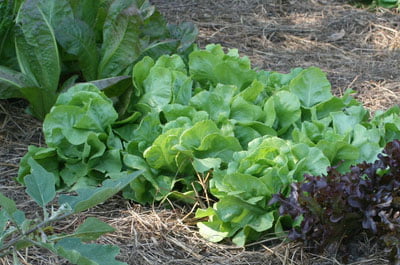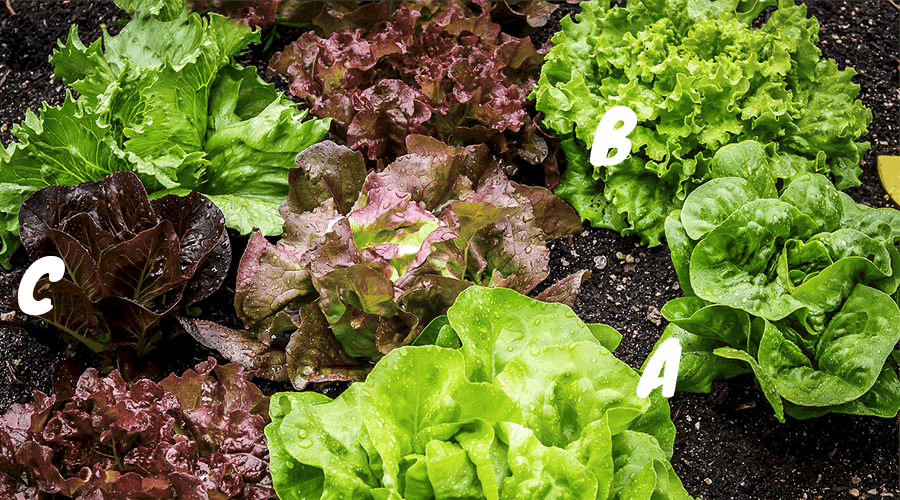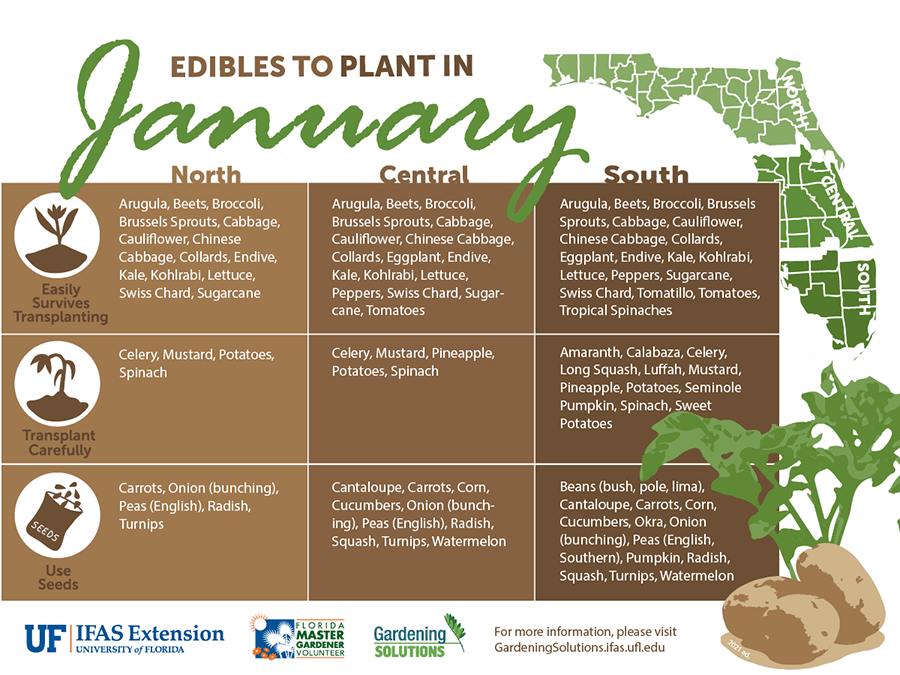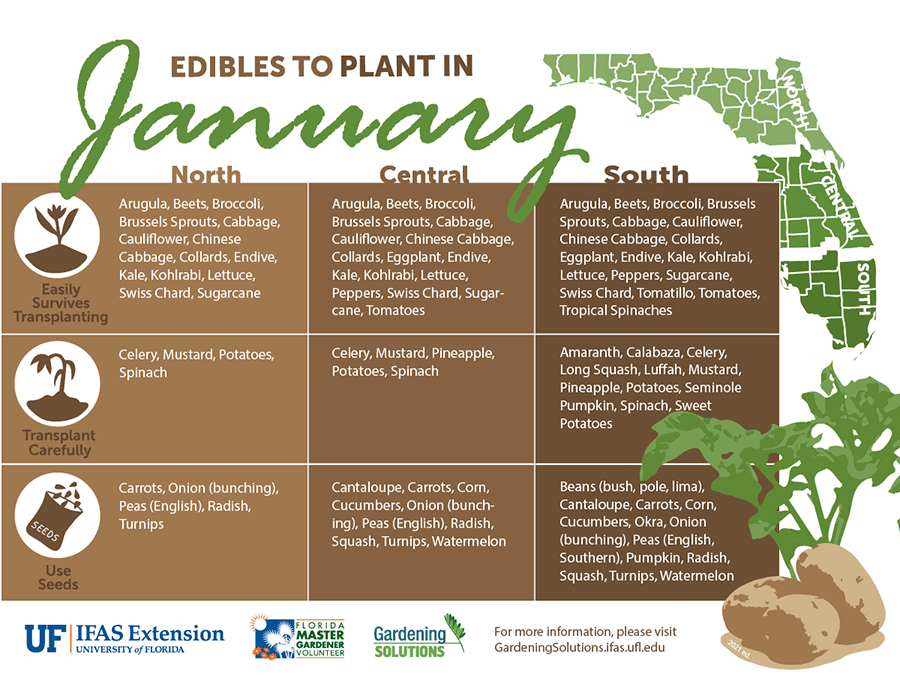So you want to know when the best time is to plant lettuce in sunny Florida? Well, you’re in luck! From the lush fields of the Sunshine State comes a guide to help you navigate the optimal time to start your lettuce-growing adventure. Whether you’re a seasoned gardener or just getting your hands dirty for the first time, we’ve got all the juicy details to ensure your lettuce thrives in the balmy Florida climate. So grab your gardening gloves and get ready to cultivate some fresh and crunchy goodness right in your own backyard!

Factors to Consider
Climate
When it comes to planting lettuce in Florida, understanding the climate is crucial. Florida has a subtropical climate, which means the weather can be quite hot and humid. This can affect the growth and quality of lettuce plants. The ideal temperature range for lettuce is between 45°F and 75°F. In Florida, it is important to choose the right time to plant lettuce to avoid extreme temperature fluctuations that can harm the plants.
Variety of Lettuce
There are various lettuce varieties to choose from, each with its own characteristics and growing requirements. It is important to consider the variety of lettuce you want to plant, as different types may have specific needs in terms of temperature, sunlight, and soil conditions. Some popular lettuce varieties that thrive in Florida include romaine, butterhead, and loose-leaf lettuce.
Soil Preparation
Preparing the soil is an essential step in lettuce planting. Florida soils tend to be sandy, which can drain quickly and affect moisture retention. Adding organic matter such as compost or well-rotted manure can improve the soil structure and water-holding capacity. It’s also important to ensure the soil has good drainage to prevent waterlogging, which can lead to root rot. Testing the soil pH and adjusting it to a slightly acidic or neutral range (around 6.0-7.0) can also benefit lettuce growth.
Winter Planting
Ideal Planting Time
In Florida, winter is the best time to plant lettuce as the cooler temperatures create a more favorable growing environment. The ideal planting time for lettuce in Florida is from October to February. Planting during this period allows the lettuce to establish strong roots before the arrival of the hotter summer temperatures.
Recommended Varieties
When planting lettuce in winter, it is advisable to choose varieties that are known for their cold tolerance. Some recommended varieties for winter planting in Florida include ‘Winter Density,’ ‘Parris Island Cos,’ and ‘Black Seeded Simpson.’ These varieties are known for their ability to withstand cooler temperatures and have a good harvest potential.
Preparing the Soil
Before sowing the lettuce seeds, it is important to prepare the soil properly. Clear the planting area from any weeds or debris. Incorporate organic matter, such as compost or well-rotted manure, into the soil to improve its fertility and water-holding capacity. Ensure the soil is crumbly and well-drained to provide a suitable growing environment for the lettuce plants.
Sowing the Seeds
When sowing lettuce seeds for winter planting in Florida, it is best to start indoors or in a greenhouse to provide a controlled environment. Begin by filling trays or pots with a good quality seed-starting mix. Sow the seeds at a depth of approximately 1/4 inch and maintain a spacing of about 6 inches between each seed. Lightly water the soil after sowing to ensure the seeds remain moist but not waterlogged.
Watering and Care
Proper watering and care are essential for the successful growth of lettuce during the winter season in Florida. Water the lettuce plants regularly, keeping the soil evenly moist but avoiding overwatering. Mulching around the plants can help conserve moisture and suppress weed growth. Additionally, be mindful of any pests or diseases that may affect lettuce plants during the winter months and take appropriate measures for pest control if necessary.

Spring Planting
Ideal Planting Time
In Florida, springtime offers another opportunity for lettuce planting. The ideal planting time for lettuce in spring is from February to April. This allows the lettuce plants to take advantage of the warmer temperatures and longer days, promoting faster growth and higher yield.
Recommended Varieties
For successful lettuce planting in the spring, it is important to select varieties that are more heat-tolerant. Some recommended lettuce varieties for spring planting in Florida include ‘Summer Crisp,’ ‘Jericho,’ and ‘Red Sails.’ These varieties are known for their ability to withstand higher temperatures and prevent premature bolting.
Soil Preparation
Similar to winter planting, preparing the soil for spring planting involves clearing the area of weeds and debris. Enhance the soil’s fertility by incorporating organic matter, such as compost or well-rotted manure. Additionally, ensure proper drainage to prevent waterlogged conditions that can hinder lettuce growth. Testing the soil pH and adjusting it accordingly is also beneficial for optimal plant growth.
Sowing the Seeds
In spring, lettuce seeds can be sown directly into the prepared garden soil. Create shallow furrows or rows, approximately 1/4 inch deep, and sow the seeds according to the recommended spacing for the variety chosen. Lightly cover the seeds with soil and gently tamp it down. Water the soil thoroughly, but avoid overwatering to prevent waterlogging.
Watering and Care
During the spring months, the temperature and humidity levels begin to rise in Florida. Adequate watering is important to ensure the lettuce plants receive enough moisture. It is recommended to water deeply but less frequently, allowing the topsoil to dry out slightly between watering sessions. Providing shade or using shade cloth during the hotter parts of the day can help protect the lettuce plants from excessive heat and prevent them from bolting prematurely.
Summer Planting
Ideal Planting Time
Planting lettuce during the summer months in Florida can be challenging due to the extreme heat and humidity. However, there are certain heat-tolerant varieties that can be grown successfully with the right care. The ideal planting time for summer lettuce in Florida is from late April to early May, before the intense heat of summer sets in.
Recommended Varieties
To ensure successful lettuce growth during the hot Florida summer, it is crucial to choose heat-tolerant varieties. Some recommended lettuce varieties for summer planting in Florida include ‘Buttercrunch,’ ‘Four Seasons,’ and ‘Summer Bibb.’ These varieties have a reputation for performing well in high temperatures and resisting bolting.
Soil Preparation
Soil preparation for summer lettuce planting is similar to the recommendations for spring planting. Clear the planting area of any weeds or debris and work in organic matter to improve soil fertility and moisture retention. Maintaining good drainage is important, as excessive moisture can promote the growth of harmful bacteria and fungi that can damage the lettuce plants.
Sowing the Seeds
When sowing lettuce seeds for the summer in Florida, starting them indoors or using a cooler location such as a shaded area can help overcome the challenges of extreme heat. Begin by filling trays or pots with a high-quality seed-starting mix. Sow the seeds at a depth of approximately 1/4 inch and provide adequate spacing between each seed. Water the soil lightly after sowing.
Watering and Care
Watering is critical for lettuce plants during the hot summer months in Florida. The plants require consistent moisture to prevent wilting and stress. It is best to water in the early morning or late evening when the temperatures are cooler to minimize evaporation. Mulching around the plants can help conserve moisture and reduce weed competition. Providing shade or using shade cloth can also offer protection from the scorching sun and aid in temperature regulation.

Fall Planting
Ideal Planting Time
Fall offers another planting window for lettuce in Florida, as the weather starts to cool down after the intense summer heat. The ideal planting time for fall lettuce in Florida is from late August to early October. Planting during this period allows the lettuce plants to take advantage of the milder temperatures and longer growing season.
Recommended Varieties
For fall planting in Florida, it is advisable to choose varieties that have good cold tolerance and can thrive in the cooler weather. Some recommended lettuce varieties for fall planting in Florida include ‘Winter Density,’ ‘Salad Bowl,’ and ‘Grand Rapids.’ These varieties can withstand colder temperatures and tend to produce crisp and tasty lettuce leaves.
Soil Preparation
Preparing the soil for fall lettuce planting involves clearing the planting area of any weeds and debris. Incorporate organic matter, such as compost or well-rotted manure, to improve the soil’s fertility and water-holding capacity. Ensure the soil has good drainage to prevent standing water, which can lead to root rot. Adjusting the soil pH, if necessary, to around 6.0-7.0 can promote optimal nutrient uptake for the lettuce plants.
Sowing the Seeds
In fall, lettuce seeds can be sown directly into the prepared garden soil. Create shallow furrows or rows, about 1/4 inch deep, and sow the seeds accordingly, leaving sufficient spacing between each seed. Cover the seeds lightly with soil and gently firm it down. Thoroughly water the soil after sowing, keeping it consistently moist but not waterlogged.
Watering and Care
During the fall season in Florida, the cooler temperatures and lower humidity levels create a more favorable environment for lettuce growth. Adequate watering is still important to maintain moisture in the soil, but less frequent watering may be required compared to the hotter months. Pay attention to any potential pests or diseases that may affect lettuce plants during this season and implement appropriate measures for control.
Tips for Successful Lettuce Planting
Using Shade Cloth
In Florida, where the temperatures can soar during the summer months, using shade cloth can provide relief to lettuce plants. By placing shade cloth over the plants during the hottest parts of the day, you can help protect them from excessive heat and reduce the risk of bolting.
Choosing the Right Container
If space is limited or you prefer container gardening, choosing the right container is essential for successful lettuce planting. Opt for containers that have sufficient depth for the lettuce roots to grow and provide adequate drainage holes to prevent waterlogged conditions. Additionally, using a lightweight potting mix specifically formulated for container gardening can ensure proper moisture retention and nutrient availability.
Continuous Harvesting
To enjoy a continuous supply of fresh lettuce throughout the season, practice successive planting or staggered sowing. By sowing new seeds every few weeks, you can have a steady rotation of lettuce plants at different stages of growth, allowing you to harvest leaves as needed without depleting the entire plant.
Pest Control
Pests can wreak havoc on lettuce plants, so implementing effective pest control measures is crucial. Regularly monitor the plants for signs of pests such as aphids, slugs, or caterpillars. Employing techniques like companion planting, introducing beneficial insects, and applying organic pest control methods can help minimize pest damage and protect your lettuce crop.
In conclusion, successful lettuce planting in Florida requires careful consideration of factors such as climate, lettuce variety, and soil preparation. By choosing the appropriate planting time and varieties for each season, preparing the soil properly, and providing adequate water and care, you can enjoy a bountiful harvest of fresh, homegrown lettuce. With the help of some additional tips, such as using shade cloth, selecting the right containers, practicing continuous harvesting, and implementing effective pest control measures, you can enhance your lettuce planting experience and ensure a successful outcome.




